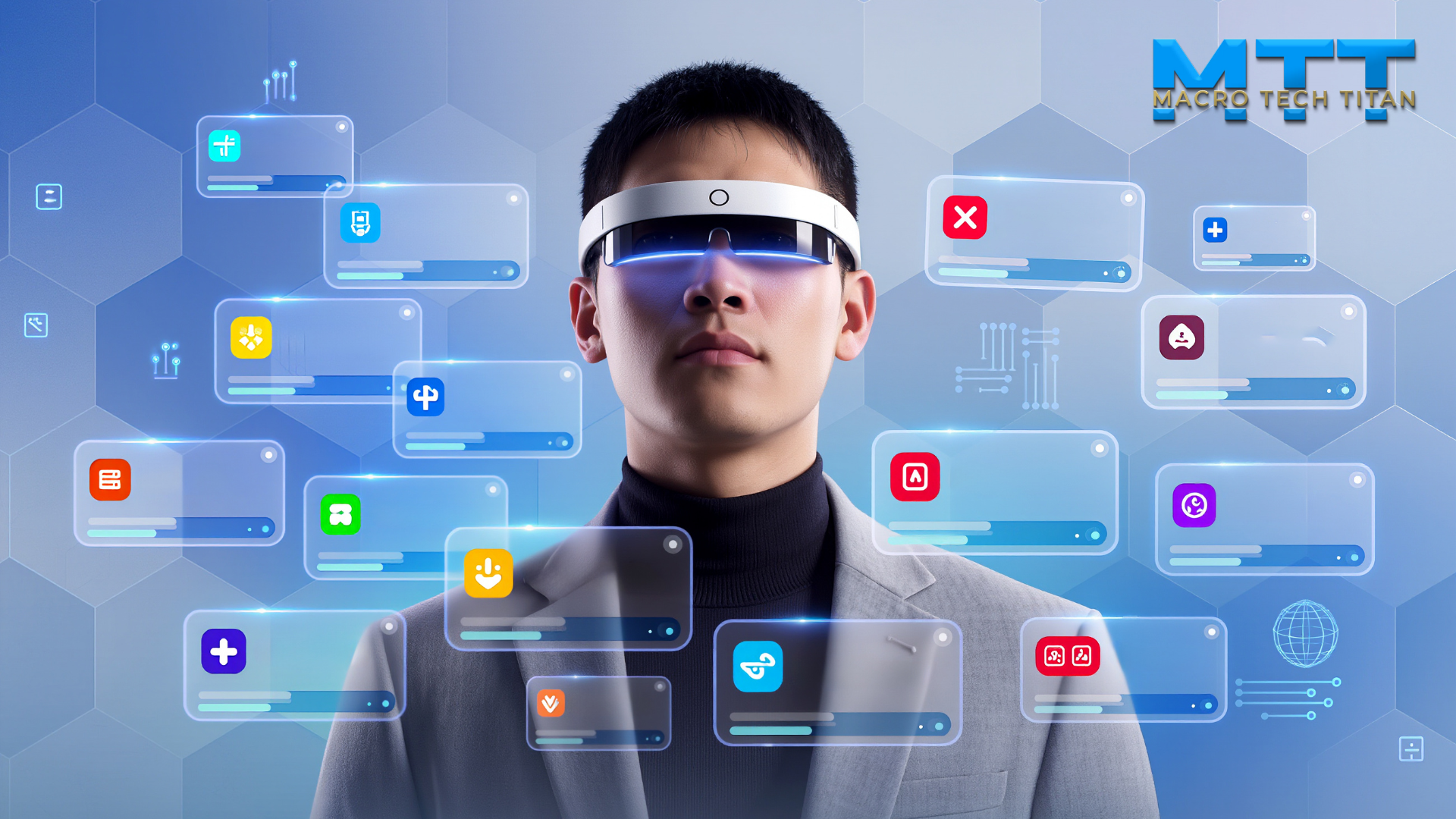Artificial Intelligence isn’t just a buzzword anymore — it’s the backbone of modern work. From scheduling meetings to analyzing data and even writing content, AI is streamlining workflows in ways that were unimaginable just a few years ago.
Whether you’re a small business owner, a freelancer, or part of a large enterprise, understanding how AI enhances everyday operations can help you stay efficient, innovative, and competitive.
What Does “AI in Workflow” Really Mean?
AI in workflow automation refers to using intelligent systems that learn, predict, and act to complete tasks once done manually.
Instead of people spending hours managing repetitive work, AI automates, optimizes, and even improves those processes over time.
Think of it as having a digital co-worker that never sleeps and continuously learns.
How AI Is Revolutionizing Everyday Workflows
1. Automating Repetitive Tasks
From sorting emails to scheduling meetings, AI tools like Zapier, Notion AI, and Google Workspace’s Duet AI automate the boring stuff.
-
Example: AI can scan invoices, extract data, and automatically update accounting sheets.
Impact: Saves time, reduces human error, and boosts productivity.
2. Enhancing Decision-Making
AI-powered analytics tools like Tableau, Power BI, and ChatGPT Advanced Data Analysis help teams make smarter, faster decisions.
-
Example: A retail business can use predictive analytics to forecast demand and optimize stock.
Impact: Informed decisions driven by real-time insights.
3. Supercharging Communication & Collaboration
Tools such as Slack AI, Microsoft Copilot, and Zoom AI Companion can summarize meetings, generate follow-ups, and organize tasks automatically.
-
Example: After a meeting, AI can generate notes, tag key action points, and send reminders.
Impact: More productive teamwork with less manual note-taking.
4. Improving Customer Service
AI chatbots and virtual assistants like Intercom, Drift, and ChatGPT-based bots are handling customer interactions 24/7.
-
Example: AI can instantly respond to FAQs, process orders, or escalate complex issues to human agents.
Impact: Happier customers, faster service, and lower costs.
5. Transforming Marketing & Content Creation
Generative AI tools — ChatGPT, Jasper, Copy.ai, Canva Magic Studio — help marketers craft copy, design visuals, and generate ideas.
-
Example: A small business can create an entire ad campaign — from slogan to social posts — in minutes.
Impact: Faster creative cycles and more consistent brand output.
6. Streamlining HR & Recruitment
AI platforms like HireVue, Workday, and Recruitee analyze resumes, match candidates, and even conduct preliminary interviews.
-
Example: AI can shortlist top candidates from thousands of applications based on skills and experience.
Impact: Shorter hiring cycles and better-quality hires.
7. Optimizing Supply Chain & Logistics
AI helps businesses manage inventory, track shipments, and predict demand.
-
Example: Amazon uses AI to determine where products should be stocked to deliver faster.
Impact: Cost savings and improved delivery efficiency.
8. Personalizing User Experiences
From Netflix’s recommendations to Spotify’s playlists, personalization is AI’s strong suit.
-
Example: AI studies user behavior to tailor experiences — making interactions more relevant and engaging.
Impact: Stronger customer loyalty and satisfaction.
Benefits of Integrating AI into Daily Workflows
- Higher Productivity: Automate repetitive tasks and focus on high-impact work.
- Cost Efficiency: Reduce labor hours and human error.
- Scalability: Easily expand workflows without proportional increases in effort.
- Better Insights: AI processes vast data faster than humans ever could.
- 24/7 Availability: AI systems keep working, even when you don’t.
Challenges to Watch Out For
While AI is powerful, it’s not magic. Some hurdles include:
-
Data privacy and security concerns.
-
Overreliance on automation without human oversight.
-
The need for upskilling employees to work effectively alongside AI.
Pro Tip: Treat AI as a collaborator — not a replacement. Use it to enhance your abilities, not erase them.
How to Start Integrating AI into Your Workflow
-
Identify repetitive bottlenecks (email sorting, reporting, data entry).
-
Test simple tools (ChatGPT, Notion AI, or Zapier integrations).
-
Measure results — time saved, error reduction, or productivity gains.
-
Scale gradually — introduce more advanced automation once you see ROI.
Industries Leading the AI Workflow Revolution
-
Healthcare: Patient scheduling, diagnostics, and predictive analytics.
-
Finance: Fraud detection, algorithmic trading, and document analysis.
-
Manufacturing: Predictive maintenance and robotic automation.
-
Education: AI tutors, grading systems, and personalized learning paths.
-
Customer Service: Intelligent bots and sentiment analysis.
Final Thoughts
AI isn’t the future — it’s already here, quietly reshaping how we work.
It doesn’t just make tasks faster — it redefines what’s possible, giving professionals more time for creativity, innovation, and strategy.
If you haven’t already begun integrating AI into your workflows, now’s the time to start.
The sooner you adapt, the sooner you’ll experience the productivity revolution AI offers.
Discover more from Macro Tech Titan Blog
Subscribe to get the latest posts sent to your email.



